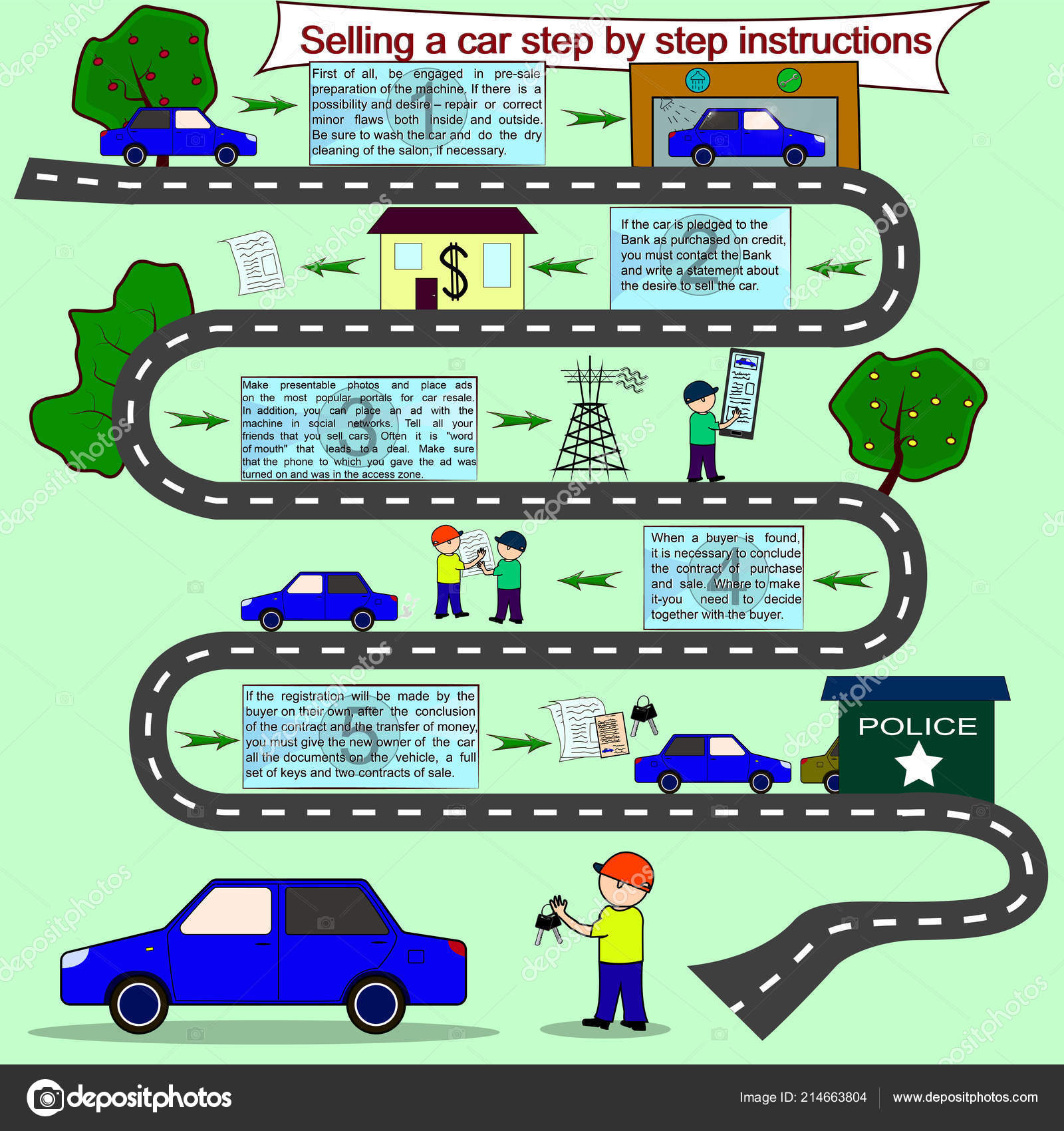Assessing Your Vehicle'S Caution Indicators: What They Truly Convey
Assessing Your Vehicle'S Caution Indicators: What They Truly Convey
Blog Article
Created By-Hartley Corbett
When you lag the wheel, those beautiful warning lights on your control panel can be a little bit complicated. Do you understand what they're attempting to inform you concerning your cars and truck's health and wellness? Recognizing the value of these lights is vital for your safety and the durability of your automobile. So, the next time one of those lights appears, would not you want to analyze its message precisely and take the necessary actions to address it?
Common Warning Lights and Interpretations
Identify typical caution lights in your auto and comprehend their significances to make certain safe driving.
One of the most common caution lights consist of the check engine light, which signifies issues with the engine or emissions system. If this light begins, it's essential to have your vehicle inspected quickly.
The oil pressure alerting light shows reduced oil pressure, requiring immediate interest to prevent engine damage.
A blinking battery light might suggest a damaged charging system, possibly leaving you stranded if not attended to.
The tire pressure tracking system (TPMS) light alerts you to reduced tire pressure, influencing vehicle stability and fuel performance. Disregarding this can cause risky driving problems.
The ABS light suggests a problem with the anti-lock braking system, endangering your capacity to quit quickly in emergencies.
Lastly, the coolant temperature warning light warns of engine overheating, which can result in severe damage if not settled swiftly.
Recognizing these typical warning lights will certainly assist you deal with issues without delay and preserve safe driving conditions.
Significance of Prompt Focus
Recognizing the common caution lights in your auto is just the initial step; the significance of without delay attending to these cautions can not be emphasized enough to guarantee your safety when driving.
When a caution light illuminates on your dashboard, it's your car's means of connecting a possible concern that requires focus. Ignoring carcleaningcompany can result in extra serious issues later on, jeopardizing your safety and potentially costing you much more out of commission.
Prompt interest to warning lights can protect against breakdowns and accidents. As an example, a blinking check engine light can show a misfire that, if left neglected, could create damage to the catalytic converter. Addressing this immediately can save you from a pricey repair.
Similarly, a brake system cautioning light could signal low brake fluid or worn brake pads, essential parts for your safety and security when driving.
Do It Yourself Troubleshooting Tips
If you notice a warning light on your dashboard, there are a few do it yourself repairing tips you can try before seeking professional assistance.
professional car cleaning is to consult your vehicle's guidebook to understand what the specific warning light suggests. Often Read Significantly more can be as simple as a loose gas cap activating the check engine light. Tightening the gas cap may solve the trouble.
An additional usual problem is a low battery, which can set off various cautioning lights. Checking the battery links for deterioration and ensuring they're safe and secure may take care of the trouble.
If a caution light continues, you can try resetting it by disconnecting the vehicle's battery for a couple of mins and after that reconnecting it. Furthermore, examining your vehicle's fluid levels, such as oil, coolant, and brake fluid, can aid troubleshoot advising lights related to these systems.
Conclusion
To conclude, comprehending your auto's warning lights is important for keeping your car running smoothly and safely. By promptly resolving these signals and knowing what they indicate, you can avoid costly repair work and prospective break downs.
Bear in mind to consult your cars and truck's handbook for particular information on each alerting light and take action accordingly to ensure a trouble-free driving experience.
Keep notified, stay safe when traveling!
